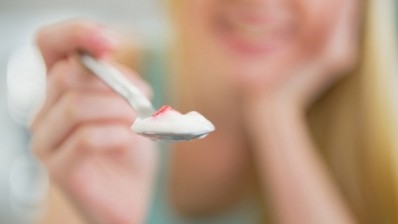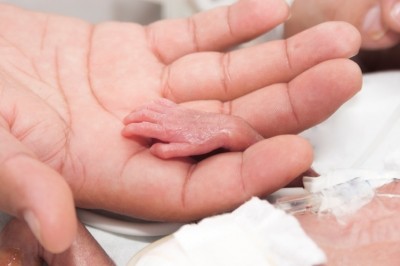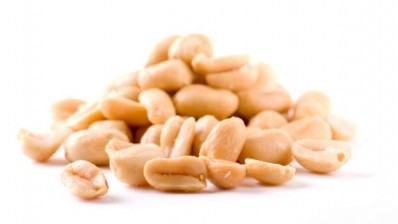OPINION: How probiotics research is taking us to the next level of understanding

Fortunately, however, research is revealing a new view of our microbiome and where probiotics fit into its restoration and maintenance.
Probiotics are not the same as commensal flora
One of the most important paradigm shifts in probiotic understanding is that they cannot be considered interchangeable with commensal flora. The human microbiome contains over 1000 species, with Lactobacilli and Bifidobacteria, the two most common genera of probiotics, found to comprise only 5%. Commensals are seeded at birth and from ongoing human and environmental contact, with in-utero transmission to the foetus discovered recently. However, commensals can be disrupted, for example by highly processed prebiotic-deficient diets, stress, and use of medications such as antibiotics and proton pump inhibitors.
Probiotics help repopulate the gut (but not the way you may think)
The latest research is supporting clinical experience, that despite constituting only a minority of the microbiome, supplementation with certain Lactobacilli and Bifidobacteria strains can be a highly effective therapy in situations of dysbiosis. However, rather than replacing commensal flora, specific probiotic strains are catalysts for the regrowth of disrupted species, producing metabolites that modify the growth or behaviour of other species, altering gut conditions (e.g. intestinal pH and nutrient availability) and by immune system interaction, all of which have a regulating effect on both pathogen and commensal growth. That said, these actions differ significantly between strains.
For example, Lactobacillus acidophilus (NCFM®) and Bifidobacterium lactis (Bi-07) have been shown to consume a wider range of prebiotic substrates in comparison to other strains – with the metabolites feeding neighbouring commensal strains. Other probiotic strains maintain gut mucosal health; up-regulating gene activity and expression of tight junction proteins (as found in studies utilising Lactobacillus rhamnosus GG [LGG®]).
Through these beneficial regulating actions on commensal flora, the immune system, and healthy gut function, probiotics are akin to policemen within the gut, required in regular small amounts to keep the peace amongst the larger number of commensal ‘citizens’.
The importance of correct probiotic care
Our understanding of probiotics has come a long way from the first studies of sour milk in the early 1900s to today’s convenient capsules. Nevertheless, despite impressive technological advances, probiotics remain live organisms, a fact with significant implications for probiotic storage and handling.
While traditional probiotic foods have a shelf life of only a few weeks, probiotic supplements today undergo specialised processes to prepare the microorganisms to survive much longer, up to 24 months or more in a capsule. The beneficial bacteria are grown in nutrient media in large numbers, and then processed by freeze-drying, to remove most of the water and induce a state of dormancy – characterised by negligible metabolic activity, whilst still maintaining future viability.
However, after freeze-drying, additional factors are essential to maintain viable microorganisms over the shelf life, with probiotics considered most stable when either temperature and/or moisture levels are controlled for. One way to achieve this is refrigeration. Another method is via the incorporation of moisture-controlling technologies, as moisture may be introduced from the capsule, the air in the bottle, or due to the water activity of the probiotic itself.
Molecular desiccants are a common method of reducing relative humidity levels, however may not be sufficient alonw to keep probiotics in a state of dormancy in warmer climates. For example, Zone IV, frequently hot and humid countries (common in the Asia-Pacific region) may be exposed to room temperatures that fluctuate and reach >25°C.
Other technologies include low-moisture capsules. However, used in isolation, these initiatives may also be insufficient against the reality of environmental conditions. As such, a range of moisture-control technologies that protect against temperature and moisture fluctuations may be required in combination to preserve the viability of the probiotic organisms and ensure they remain efficacious. Furthermore, probiotics manufactured using a specialised humidity-controlled environment results in a reduction of water activity within the probiotic capsule itself, which improves their longevity.
Harnessing the power of probiotics
Probiotics provide a powerful catalyst for gut health and microbiome restoration, and indeed, many other systemic conditions, provided researched strains, doses and combinations are selected and handled correctly. Fortunately, as probiotic research expands, clinicians can expect to be equipped even more fully in this exciting area of health.
Marla has worked in retail pharmacy, professional education development, clinical trial management, and product development for Health World Ltd, an Australian supplier of probiotic products to pharmacies. Marla is extensively involved in conducting microbiome-related literature reviews, working closely with probiotic researchers and developing evidence-based probiotic products.
The Probiota series is growing, and in October 2017, Singapore will host the first ever Probiota Asia event. Building on the success of the annual global Probiota and Probiota Americas events, Probiota Asia will focus exclusively on this high growth market and the challenges it faces.
Save the date: 11-13 October 2017




















